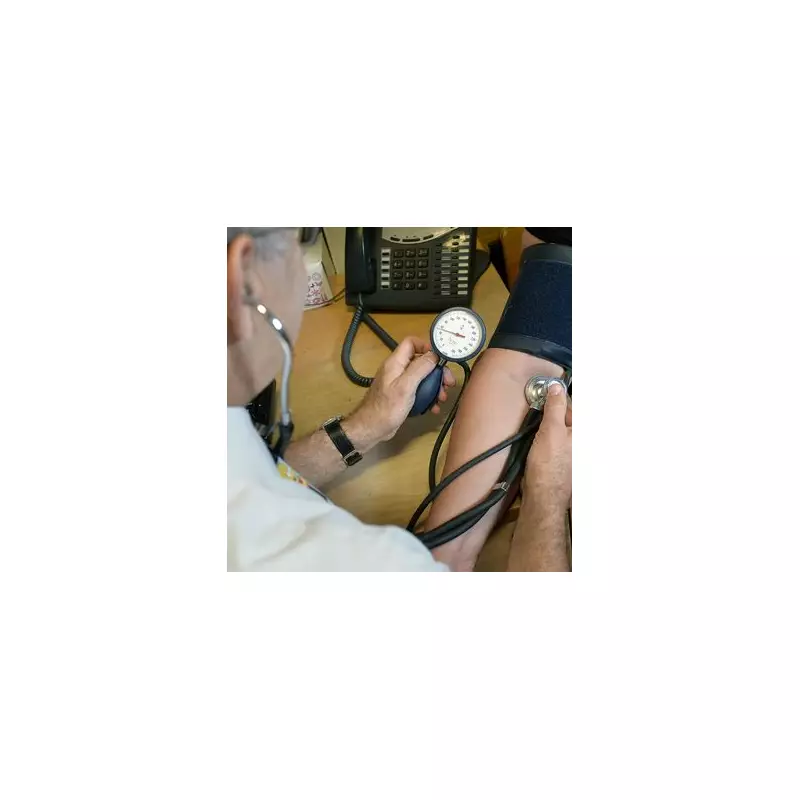
Health experts are sounding the alarm over a hidden health threat lurking within millions of Brits: visceral fat. Unlike the subcutaneous fat you can pinch, this dangerous 'deep fat' wraps around your vital organs, dramatically increasing your risk of life-threatening conditions.
So, how can you tell if you're at risk? Nutritionists point to three major warning signs that often indicate high levels of this harmful internal fat.
The Three Key Warning Signs
1. A Large Waist Circumference: This is the most significant visual clue. For men, a waist measuring more than 94cm (37 inches) raises a red flag, while for women, the danger zone begins at 80cm (31.5 inches). Exceeding 102cm (40 inches) for men or 88cm (34.6 inches) for women signifies a very high risk.
2. An 'Apple-Shaped' Body: If you tend to carry weight around your midsection rather than your hips and thighs (a 'pear-shape'), you are more likely to have higher levels of visceral fat surrounding your organs.
3. Struggling with Weight Loss: Visceral fat is notoriously stubborn. If you find it incredibly difficult to lose weight around your abdomen despite dieting, it's a strong indicator of deep-rooted visceral fat.
Why Visceral Fat is So Dangerous
This isn't just about aesthetics. Visceral fat acts almost like an additional organ, releasing fatty acids and inflammatory substances directly into your liver. This process can lead to insulin resistance, soaring cholesterol, and high blood pressure.
The consequences are severe, significantly raising your risk of developing:
- Type 2 Diabetes
- Heart Disease
- Stroke
- Certain Cancers
How to Combat Visceral Fat
The good news? Visceral fat is often the first to go when you adopt a healthier lifestyle. Experts recommend a two-pronged approach:
1. Revamp Your Diet: Dr. Sarah Brewer advises cutting back on ultra-processed foods, sugary drinks, and refined carbohydrates like white bread and pasta. Instead, focus on a Mediterranean-style diet rich in fibre from vegetables, whole grains, and legumes. Protein and healthy fats are also crucial for keeping you full and boosting metabolism.
2. Get Moving: Regular exercise is non-negotiable. A combination of cardio (like brisk walking, running, or cycling) and strength training (such as weight lifting or bodyweight exercises) is most effective. Strength training builds muscle, which burns more calories at rest, helping to keep the fat off for good.
Making these sustainable changes is your most powerful weapon in the fight against this invisible health danger.





